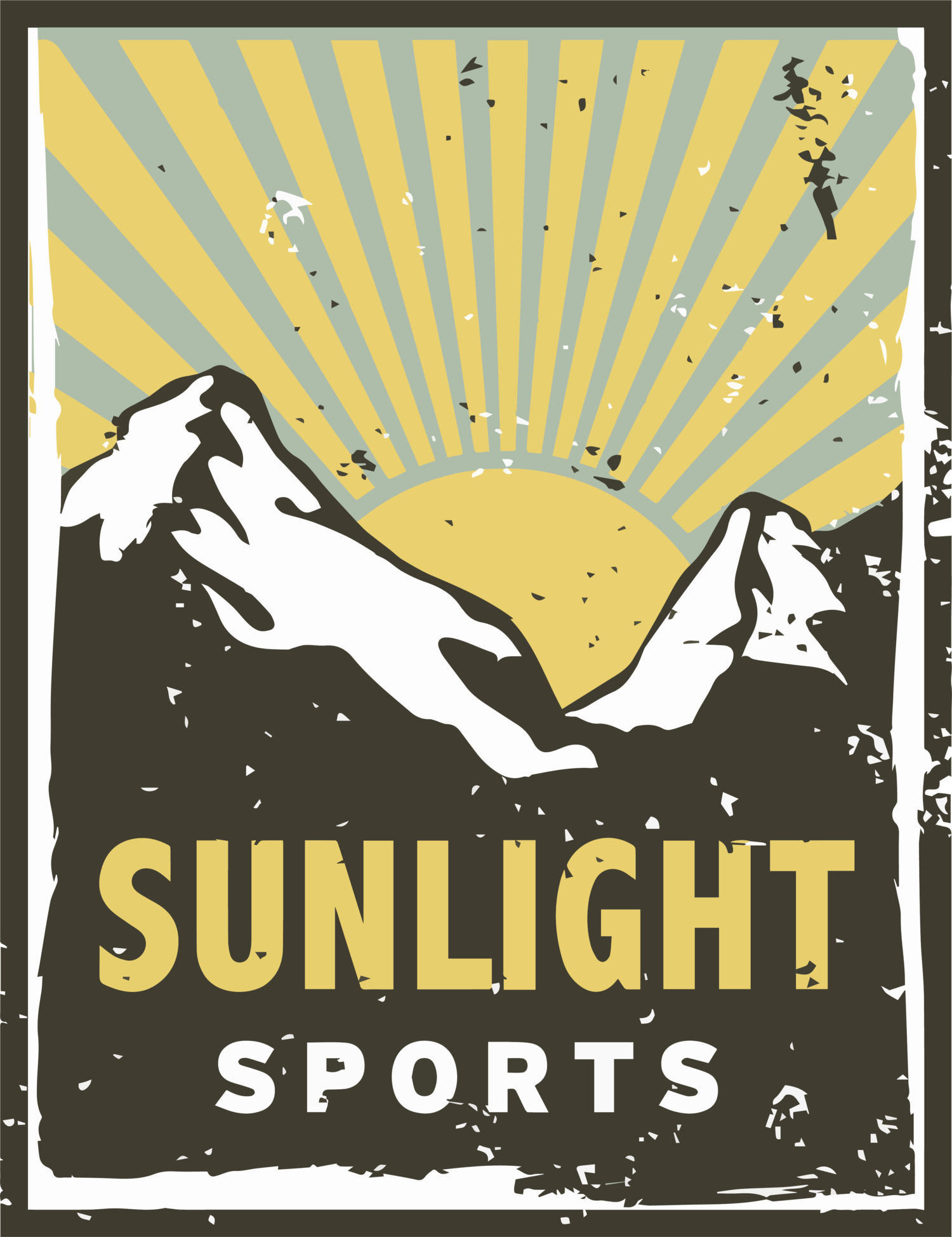Camping with your dog in the greater yellowstone
Camping with dogs is an ancient activity. Before metal tools, before farming, maybe even before there were humans in what we now call Wyoming, people and dogs were keeping each other company around a campfire. Dogs have been bred for thousands of years to be the perfect outdoor companions.
Therefore, it's only natural to bring your furry friend along when embarking on a weekend camping trip. However, there are several important considerations to keep in mind, particularly if you're camping in the Greater Yellowstone area.
First and foremost, check for the regulations for the area that you want to camp in.
Yellowstone National Park has a very specific set of rules for your pet. They can’t go off of the boardwalks or pavement, and while in campgrounds must remain on leash. Dogs are never allowed in the backcountry.
Shoshone National Forest allows dogs, but requires leashes in certain circumstance.
The BLM and Bureau of Reclamation have the fewest dog regulations.
You should check with the specific agency before leaving home.
Dogs might be descended from wolves, but your dog might need some help getting comfortable in the outdoors.
If it's your first time camping with your dog - think about taking a bigger tent than you normally do. You should sleep with your dog inside with you, and you will be surprised by how much room he will take up.
Dogs get used to their sleeping environment at home. There are going to be all new sounds, smells and tastes in the woods. Be ready for the dog to be a little skittish.
Dogs normally don’t need a super soft bed, but you should make sure that they are sleeping on something that will insulate them from the cold ground. If you don’t take something that works, there is a good chance that the dog will just sleep on top of you when she gets cold.
Your end of night routine should include making sure that the lake water is out of their ears, you have checked paws for cockleburs, and there are no ticks on your furry companion. Those things are much more common while camping than in the backyard.
NW Wyoming is grizzly country.
Feed your dog well away from where you are going to sleep. Make sure that, after your dog eats, you look around the area for leftover dog food and clean it up as the scent can attract bears.
Make sure that if your dog is not actively eating, the food gets put away.
If you go for a hike with your dog off leash, try to make sure that she stays close enough to see. If your dog gets too far ahead and encounters a grizzly, the most likely result is for the bear to chase your dog - right back to you. Here at the shop we often suggest that you put a bell on your dog so you can tell where your dog is by sound if you can’t see her.
You have some responsibilities…
You, your dog and all of the local wildlife will have a better time if your dog is trained to come when called. It’s crucial that you have enough verbal control of your pet to make sure that he returns when told to do so. Be particularly vigilant for other animals near your campsite, and never allow your dog to chase wild animals. It’s actually illegal for your dog to chase wildlife unless you are in possession of a specific hunting license, and it can be very dangerous for your dog.
Dogs are just as susceptible to becoming lost as people, and a lot less able to call for help. Make sure that you are aware of the location of your pet. Consider using a tracking collar if your dog tends to wander. Also, consider keeping your dog on a leash if you have a lot going on in camp.
While you love your pet, not everyone is into dogs. If you are sharing a camping area, or you cross paths with others, make sure that your dog stays close to you. Don’t allow your pet to run up to others unless they specifically say that it is OK. There are people out there who don’t like dogs, are afraid of them or even allergic. This is doubly important around stock (horses and cattle) and mountain bikes. It’s always your job to manage your pet.
We love camping with our dog, and you will too. Just take a little extra time to make sure that you have a plan and understand the rules for where you are camping!

